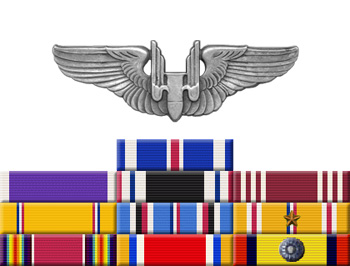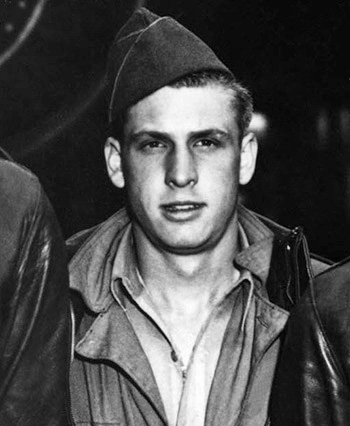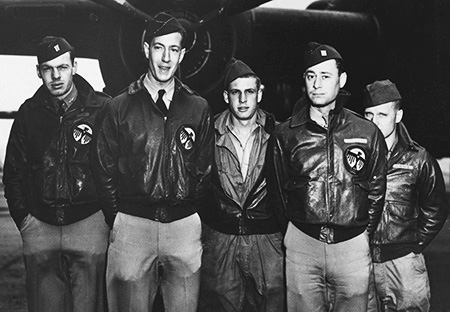
|
Harold A. Spatz |
 |
|||
| Rank, Service | ||||
Sergeant, U.S. Army Air Forces |
||||
| Veteran of: | ||||
|
||||
| Tribute: | ||||
Harold Spatz was born on July 14, 1921, in Lebo, Kansas. He enlisted in the U.S. Army Air Corps on November 25, 1939, and was trained as an aircraft mechanic, flight engineer, and aerial gunner before joining the 34th Bomb Squadron of the 17th Bomb Group at Pendleton Field, Oregon, in March 1941. Sgt Spatz was accepted for the Doolittle Mission in February 1942. He was the engineer-gunner on the 16th B-25 to take off from the aircraft carrier USS Hornet (CV-8) on April 18, 1942, and after bombing its assigned targets in Japan, the crew bailed out over China when their aircraft ran low on fuel. He and the other members of the crew were all captured by the Japanese in Occupied China the same day they bailed out, and he was held as a Prisoner of War in China until being executed by the Japanese on October 15, 1942. After the war his remains were recovered and buried at the National Memorial Cemetery of the Pacific in Honolulu, Hawaii. |
||||
|
||||


